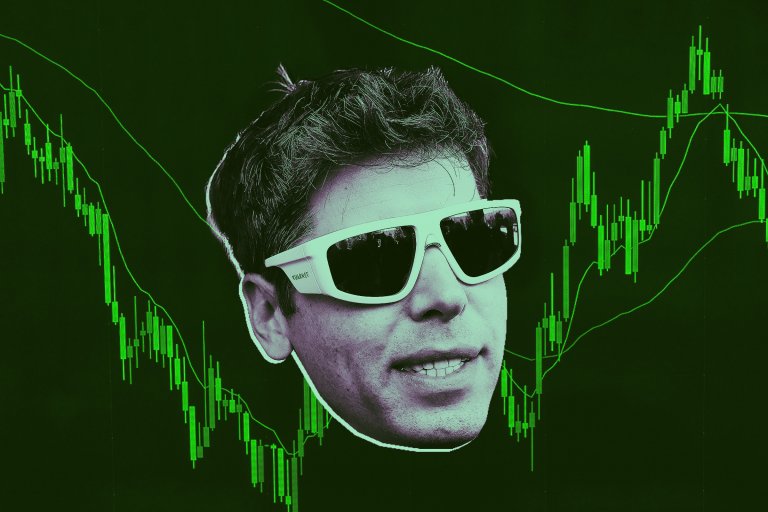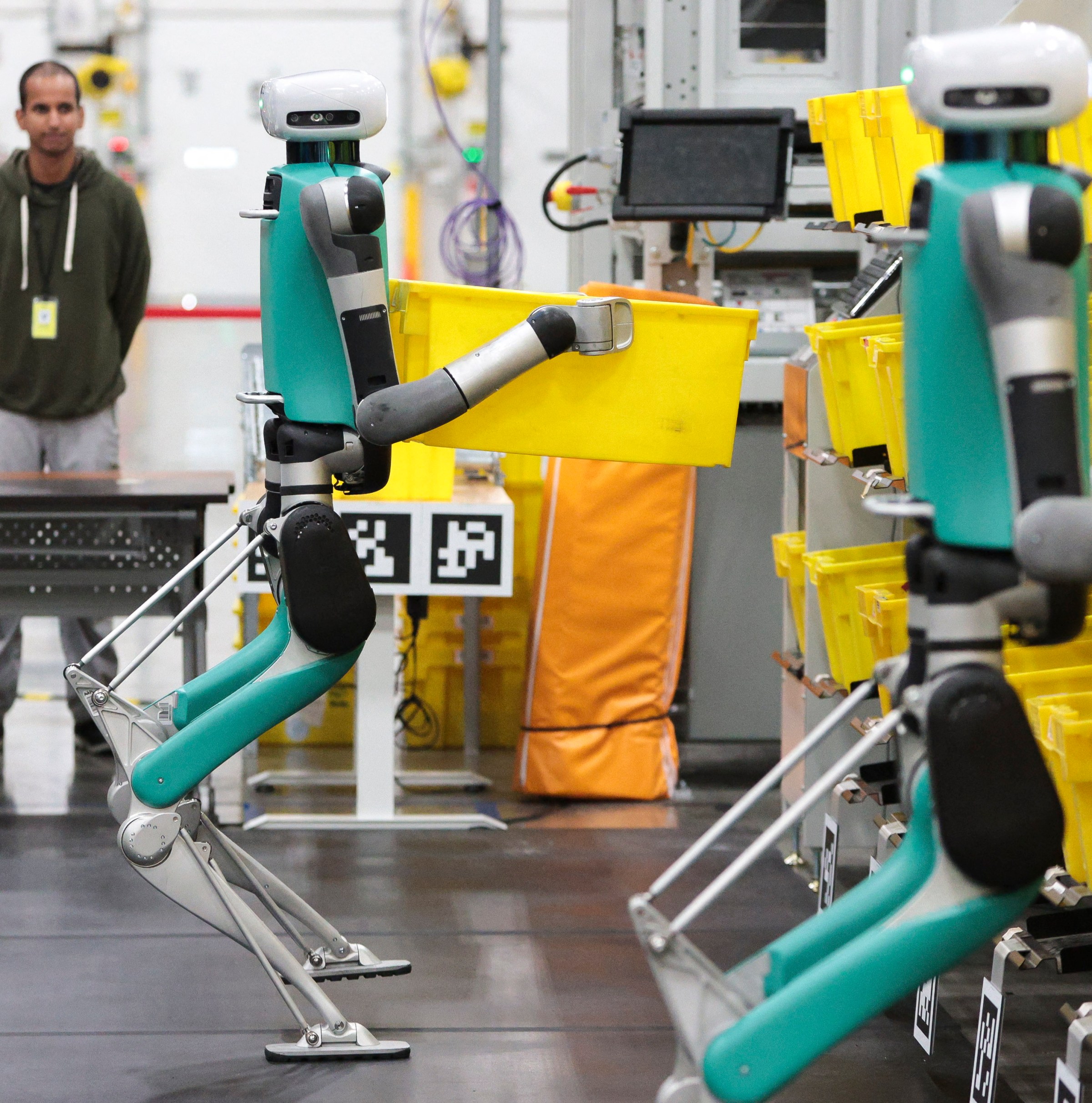
Sam Altman's Defensive Stance on OpenAI's Trillion-Dollar Gambit
OpenAI's CEO snaps at questions about financial sustainability as $1.4 trillion in compute commitments outpace revenue.
When investor Brad Gerstner asked OpenAI CEO Sam Altman how a company with $13 billion in annual revenue could justify $1.4 trillion in compute spending commitments, the response wasn’t what anyone expected. “If you want to sell your shares, I’ll find you a buyer”, Altman snapped. “Enough.”
That moment during a recent podcast interview reveals more than just executive frustration, it exposes the fundamental tension coursing through the artificial intelligence industry. Altman, once the golden child of Silicon Valley’s AI revolution, is now defending a business model that loses $3 for every $1 it earns ↗ while committing to spending levels that dwarf the GDP of most countries.
The Numbers Don’t Add Up
Let’s start with the math that’s making investors nervous. In the first half of 2025, OpenAI reportedly generated $4.3 billion in revenue while posting $13.5 billion in net losses. That puts the company on track for a staggering $27 billion annual loss by the end of the year. For context, that’s nearly double the $14 billion loss ↗ some analysts had predicted for 2026.
The spending commitments are even more eye-watering. OpenAI has announced plans to invest approximately $1.4 trillion annually in data centers and AI infrastructure through 2030, including massive deals with Nvidia ($500 million), AMD and Oracle ($300 million), and Microsoft Azure ($250 billion). Even spreading these commitments over several years, the ratio between spending and current revenue is unprecedented in technology history.
As one financial analysis bluntly put it: “This is a money black hole. I cannot stress how unprecedentedly dreadful that is.” The company appears to be “fully aware they are driving headfirst into a wall at 100 mph, and instead of stepping on the brakes, they are mashing the throttle.”
The Investor Confrontation
Altman’s defensive posture during the BG2 podcast interview with Microsoft CEO Satya Nadella and investor Brad Gerstner was telling. When pressed on the sustainability question, the OpenAI CEO didn’t provide detailed financial projections or unit economics. Instead, he doubled down on defiance:
“I think there’s a lot of people who talk with a lot of breathless concern about our compute stuff or whatever that would be thrilled to buy shares”, Altman retorted. “We could sell your shares or anybody else’s to some of the people who are making the most noise on Twitter about this very quickly.”
The exchange reveals a CEO increasingly irritated by what he perceives as unfounded skepticism. Altman even fantasized about taking the company public just to prove critics wrong: “There are not many times that I want to be a public company, but one of the rare times it’s appealing is when those people are writing these ridiculous ‘OpenAI is about to go out of business’ and, you know, whatever. I would love to tell them they could just short the stock and I would love to see them get burned on that.”
The Growth Paradox
Altman’s defense hinges on one critical assumption: exponential revenue growth. He told Gerstner that OpenAI plans for revenue to “grow steeply” and pointed to multiple potential revenue streams: ChatGPT subscriptions, AI cloud services, consumer devices, and AI-powered scientific discovery.
But the numbers tell a different story. While ChatGPT has reached 800 million users ↗, only about 5% are paying subscribers. The conversion rate suggests that despite massive user adoption, monetization remains challenging.
Microsoft CEO Satya Nadella provided the strongest validation during the interview, noting that “there is not been a single business plan that I’ve seen from OpenAI that they have put in and not beaten it.” But as OpenAI’s largest investor and strategic partner, Microsoft has clear incentives to support the narrative.
The Compute Constraint Argument
OpenAI’s primary justification for the spending spree revolves around compute constraints. Altman argued that if the company had “10x more compute”, revenue wouldn’t “be that far” from increasing tenfold. OpenAI President Greg Brockman has made similar claims, suggesting compute limitations currently restrict revenue potential rather than demand constraints.
This framing positions infrastructure spending as a prerequisite for revenue growth rather than following it, a radical departure from traditional business scaling. The bet assumes unlimited demand at current pricing, continued market dominance despite intensifying competition, and sustainable unit economics as infrastructure scales.
The Technical Foundation Crisis
The most brutal critique of OpenAI’s strategy comes from OpenAI itself. The core technical problem plaguing all large language models, hallucinations, appears fundamentally unsolvable through scaling alone.
According to research published by OpenAI ↗, “hallucinations are a core part of generative AI technology and can’t be fixed” with more data and compute. The researchers found potential workarounds involving “active learning” with massive human oversight, but concluded that “operating such models is so inherently expensive… it is almost always significantly cheaper to have a human do the task instead.”
This creates an existential crisis: OpenAI is betting $1.4 trillion on a solution that its own scientists have proven won’t work for a problem they admit is inherent to the technology.
Real-World Adoption Struggles
The technical limitations translate directly into practical business challenges. An MIT study found ↗ that 95% of AI pilots fail to generate any profit or productivity gains for businesses implementing them. Other research has shown that AI coding tools can actually slow developers down due to the time spent finding and correcting the AI’s errors.
Even when considering OpenAI’s ambitious projections for becoming “one of the important AI clouds” and developing consumer devices, the path to profitability remains murky. Industry analysts note that OpenAI’s revenue growth is already collapsing, falling from 250% in 2024 to just 56% in 2025.
The Bubble Admission
Perhaps most telling is that Altman himself has acknowledged ↗ the AI industry is in a bubble. Speaking to reporters earlier this year, he conceded that “smart people get overexcited about a kernel of truth”, comparing the current AI frenzy to the dotcom boom and warning that “someone” could lose a “phenomenal amount of money.”
This admission creates cognitive dissonance when paired with his aggressive defense of OpenAI’s spending strategy. If the industry is indeed in a bubble, why double down on trillion-dollar commitments?
Information Asymmetry and Transparency
The defensive posture extends beyond Altman’s podcast appearance. OpenAI operates with significant information asymmetry, while the company isn’t required to disclose detailed financials as a private entity, this opacity creates challenges for external analysts attempting to evaluate the business model’s sustainability.
As one analysis noted, OpenAI’s approach “marks a departure from historical technology company norms of maintaining financial transparency during major capital expansion cycles.” Amazon disclosed detailed metrics during its retail buildout, Google provided granular advertising data during infrastructure expansion, and Facebook offered specific user growth statistics during scaling.
The Systemic Risk
The stakes extend far beyond OpenAI’s balance sheet. Bernstein Research analyst Stacy Rasgon argued in a recent note to investors ↗ that Altman “has the power to crash the global economy for a decade or take us all to the promised land.”
OpenAI controls 61% of the US generative AI market and has absorbed over 20% of all AI venture capital. The concentration of risk in a single entity with questionable unit economics creates systemic vulnerabilities for the entire AI sector.
The Path Forward
Altman’s combative stance reflects the immense pressure on OpenAI to justify its valuation and spending. The company’s recent restructuring from a nonprofit to a public benefit corporation with profit-seeking investors further complicates the picture, creating tension between its original mission to “benefit all of humanity” and the need to generate returns for stakeholders.
The trillion-dollar question remains: Can OpenAI achieve the exponential growth needed to justify its spending before investor patience runs out? Altman’s defensive posture suggests even he recognizes the skepticism is warranted, even if he won’t admit it publicly.
One thing is clear: The next 12-24 months will determine whether OpenAI’s aggressive bet pays off or becomes the most spectacular implosion in tech history. As the company lays groundwork for a potential IPO at a $1 trillion valuation, the pressure will only intensify, and Altman’s defensiveness may become either a warning sign or a footnote in a success story that defied all conventional business logic.



